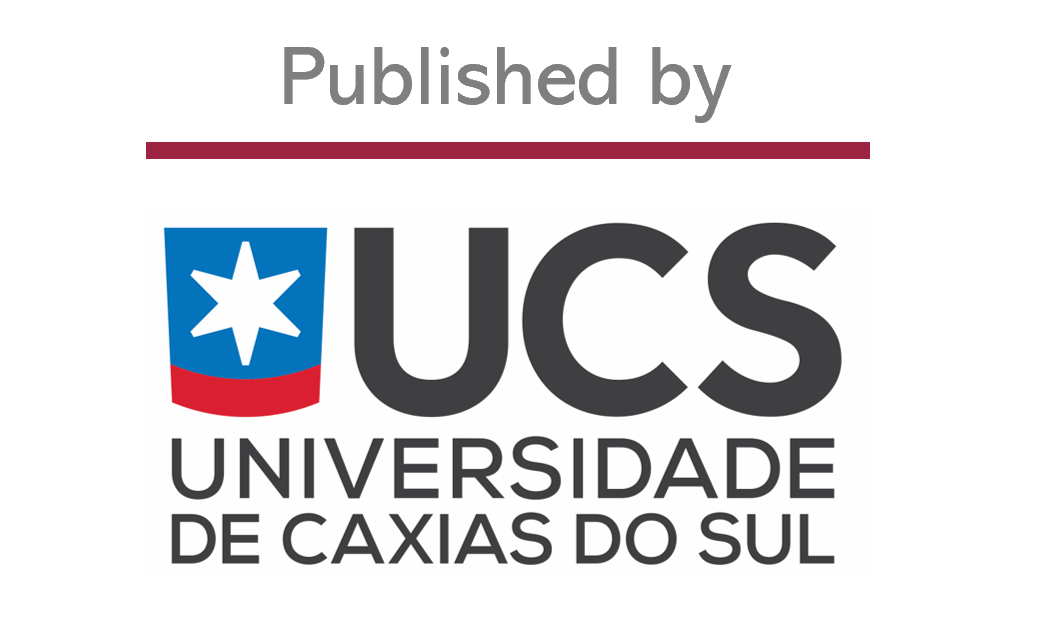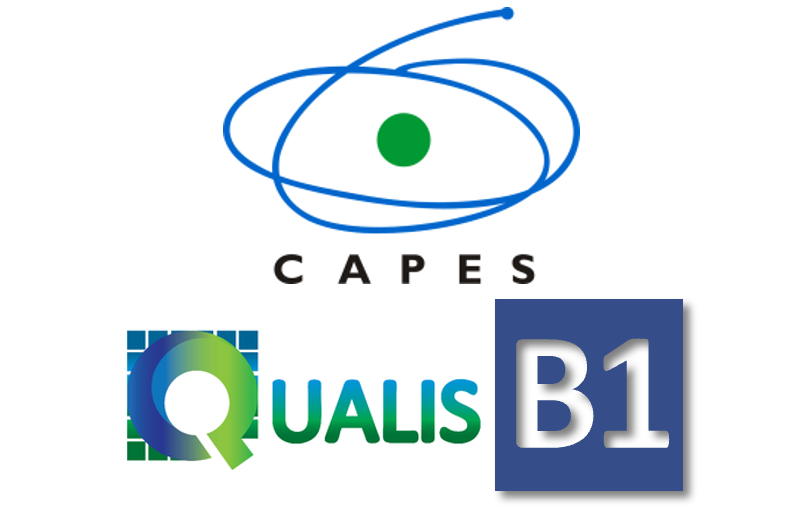Python GUI for impedance spectroscopy analysis
DOI:
https://doi.org/10.18226/23185279.v6iss2p10Abstract
A graphical user interface (GUI) for a widely used instrument, namely the Keysight 4294A impedance analyzer, was developed in Python language. This GUI allows control of instrument, acquisition and processing of impedance spectra from dielectric materials and electric circuits. Examples of analysis of electric circuits and porous alumina are provided to illustrate some of the GUI possible applications.
References
E. Barsoukov and J.R. Macdonald, Impedance Spectroscopy: Theory, Experiment, and Applications, John Wiley & Sons, 2 edition, 2005.
Agilent Technologies Japan, Ltd., Kobe Instrument Division, Agilent 4294A Precision Impedance Analyzer Operation Manual, Keysight Technologies, 1-3-2, Murotani, Nishi-Ku, Kobe-shi, Hyogo, 651-2241 Japan, 7 edition, Feb 2013.
Andrew K Jonscher, “Dielectric relaxation in solids,” J. Phys. D: Appl. Phys., vol. 32, no. 14, pp. R57, 1999.
P. Horowitz and W. Hill, The Art of Electronics, Cambridge University Press, 2015.
Peter J. Mohr, David B. Newell, and Barry N. Taylor, “Codata recommended values of the fundamental physical constants: 2014,” J. Phys. Chem. Ref. Data, vol. 45, no. 4, pp. 043102, 2016.
Miguel A. Hernandez, Nahum Mas ´ o, and Anthony R. West, “On the correct choice of equivalent circuit for fitting bulk impedance data of ionic/electronic conductors,” Appl. Phys. Letters, vol. 108, no. 15, pp. 152901, 2016.
P.Q. Mantas, “Dielectric response of materials: extension to the Debye model,” J. Eur. Ceram. Soc., vol. 19, no. 12, pp. 2079–2086, 1999.
“Pyqt4 reference guide,” 2016.
“Qt documentation,” 2017.
Thomas Kluyver, Benjamin Ragan-Kelley, Fernando Perez, Brian E ´ Granger, Matthias Bussonnier, Jonathan Frederic, Kyle Kelley, Jessica B Hamrick, Jason Grout, Sylvain Corlay, et al., “Jupyter notebooks - a publishing format for reproducible computational workflows,” in Positioning and Power in Academic Publishing: Players, Agents and Agendas, 2016, pp. 87–90.
Helen Shen, “Interactive Notebooks: Sharing the Code,” Nature, vol. 515, pp. 151–152, 2014.
“Pyvisa documentation,” 2017.
W.H. Gitzen, Alumina as a Ceramic Material, Wiley, 1970.
D. Gershon, J. P. Calame, and A. Birnboim, “Complex permittivity measurements and mixing laws of porous alumina,” J. Appl. Phys., vol. 89, no. 12, pp. 8117–8120, 2001.
Xing-Da Liu, Zhi-Ling Hou, Bao-Xun Zhang, Ke-Tao Zhan, Peng He, Kai-Lun Zhang, and Wei-Li Song, “A general model of dielectric constant for porous materials,” Applied Physics Letters, vol. 108, no. 10, pp. 102902, 2016.
T A Belyaeva, P P Bobrov, E S Kroshka, A S Lapina, and O V Rodionova, “The effect of very low water content on the complex dielectric permittivity of clays, sand-clay and sand rocks,” Meas. Sci. Technol., vol. 28, no. 1, pp. 014005, 2017.
Downloads
Published
How to Cite
Issue
Section
License
Copyright (c) 2018 Scientia cum Industria

This work is licensed under a Creative Commons Attribution 4.0 International License.
Declaração de originalidade e cessão de direitos autorais
Declaro que o presente artigo é original, não está sendo tendo sido submetido à publicação em qualquer outro periódico nacional ou internacional durante o processo de revisão. Através deste instrumento, em meu nome e em nome dos demais co-autores, porventura existentes, cedo os direitos autorais do referido artigo à revista SCIENTIA CUM INDUSTRIA. Contudo, a reprodução total ou parcial impressa ou eletrônica pode ser feita desde que o autor comunique oficialmente à revista. Declaro estar ciente de que a não observância deste compromisso submeterá o infrator a sanções e penas previstas na Lei de Proteção de Direitos Autorias. Declaro estar ciente de que a não observância deste compromisso submeterá o infrator a sanções e penas previstas na Lei de Proteção de Direitos Autorias (Nº9610, de 19/02/1998).




